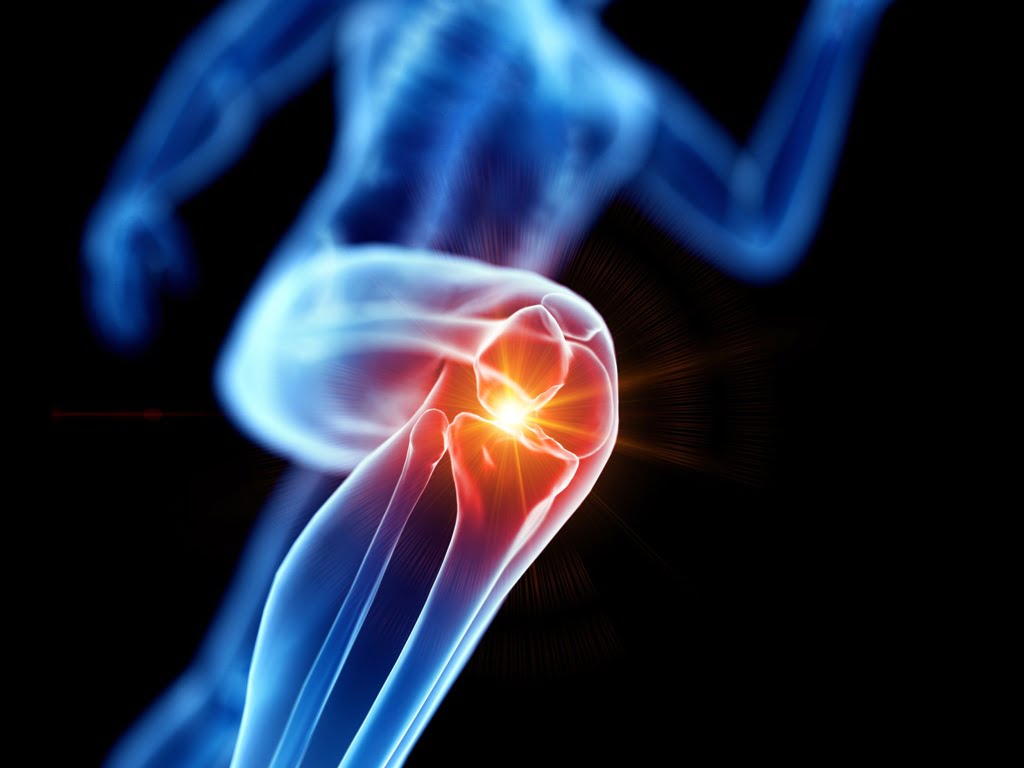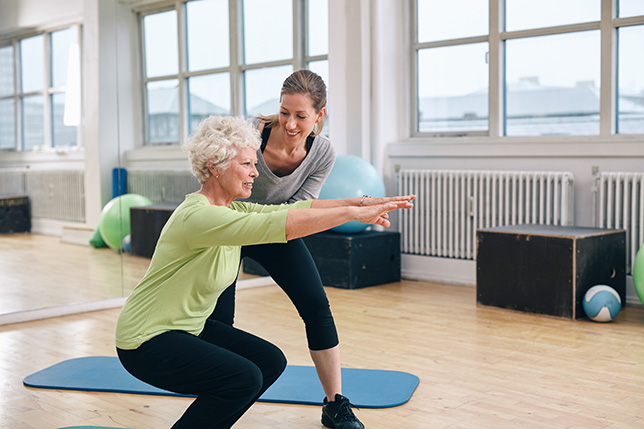Around the age of 50, an average of one to two percent of muscle mass in people’s legs is lost per year. The leg muscles are the most voluminous ones in the body; they help complete daily movements, such as climbing up the stairs, rising from a chair, and extending your knee. They also help prevent injuries, assist in balance and standing, stabilizes the knees, and protects the joints. When strength diminishes, it affects your ability to walk and stand, making you vulnerable to falls and injuries. Weak vision can contribute to decreased balance when the leg muscle strength declines, and one study even stated that increased leg power led to improved cognitive aging.

Early Signs of Muscle Weakness:
- Difficulty climbing stairs which indicates a loss of stamina.
- Struggling to get up from a seated position.
- Legs feel like jelly.
Causes of Leg Muscle Atrophy:
- Reduced physical activity.
- Nutritional deficiency: Studies show a link between vitamin D deficiency, muscle weakness, and impaired muscle performance.
- Sciatica: May cause pain, numbness, and weakness in the legs.
- Poor circulation in the legs
- Diabetes: associated with muscle changes and functional decline.
Speak with your doctor about ailments that may be affecting your muscle strength. Exercises and lifestyle should be aimed at increasing the hamstrings, quadriceps, and gluteal muscles for improving balance as well as reducing the potential risk of falls and fall-related injuries. Have a physical therapy evaluation to develop a home exercise program. Some exercises may include:
- Sit to stand
- Standing Balance:
- feet together
- feet apart
- one leg at a time, eyes open
- one leg at a time, eyes closed



